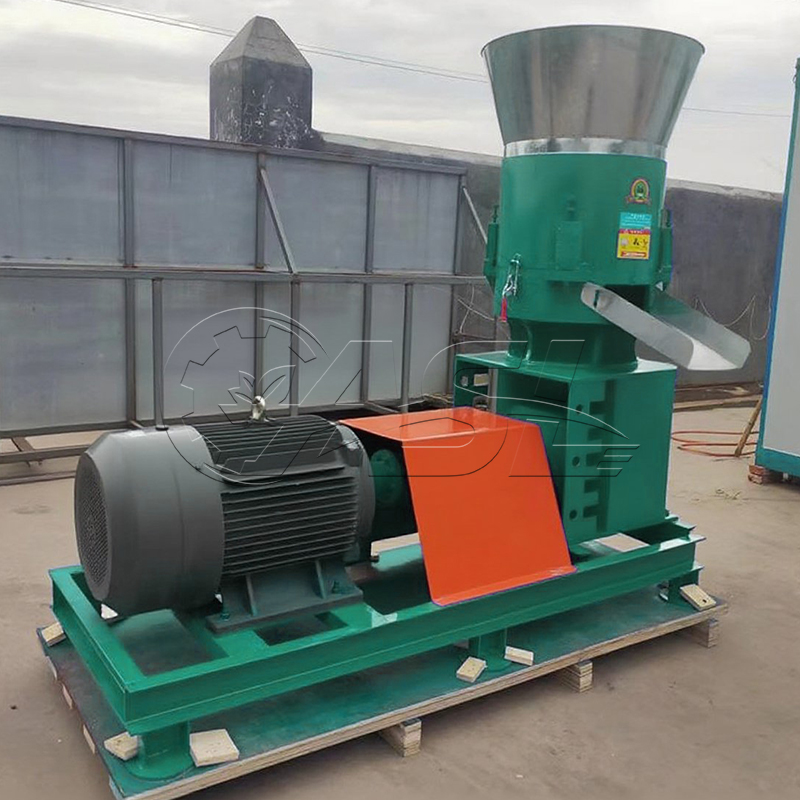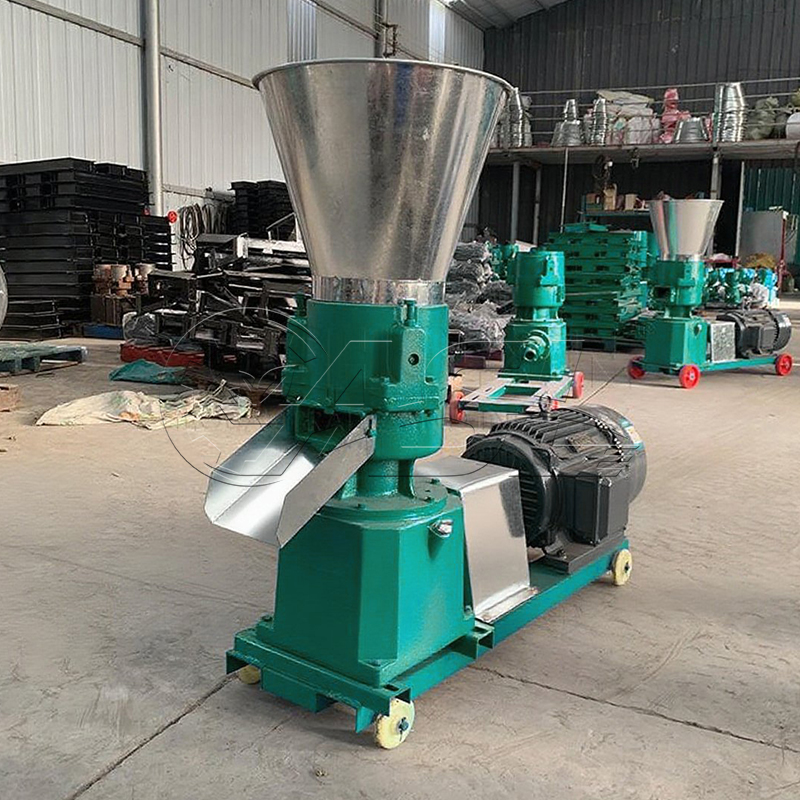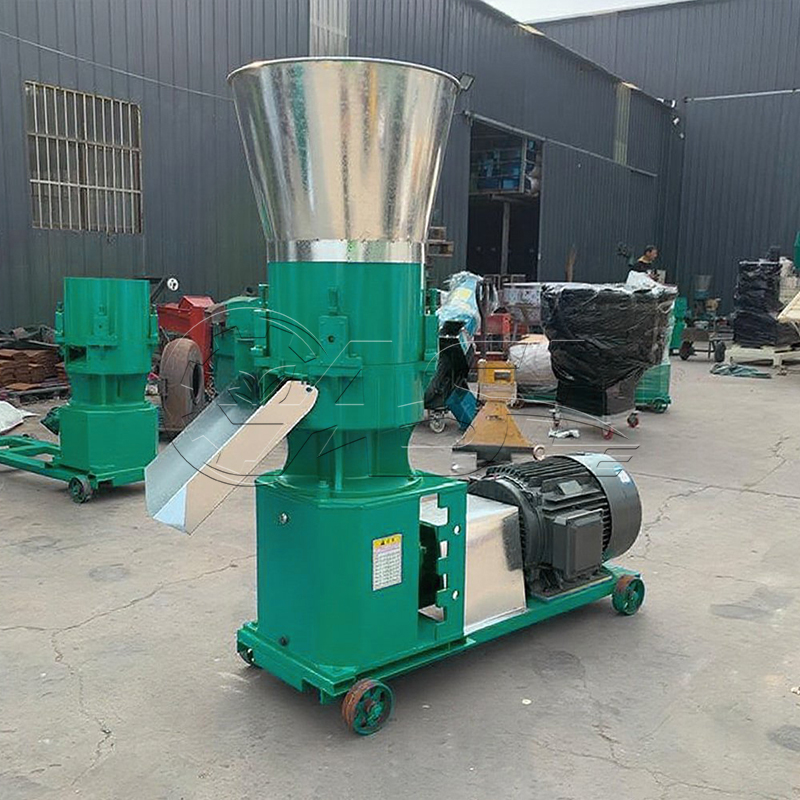







Flat die granulator is one of the main (biological) organic fertilizer production equipment. It is a fertilizer machine that our factory's scientific and technological personnel have repeatedly researched, improved and carefully manufactured based on advanced granulators at home and abroad and with many years of production experience. The machine has excellent technology and simple operation. There are many different models designed. It is an ideal processing machine for fertilizer processing units.

1. This machine is primarily used for granulation in the (bio)organic fertilizer and aquaculture processing industries.
2. The granules produced by this machine have a smooth surface and moderate hardness. The temperature rise during processing is low, and the nutrients within the raw materials are well preserved.
3. The granules are uniform in composition and shape. The pore sizes are available in diameters of 2, 2.5, 3.5, 4, 5, 6, 7, and 8. Users can select the appropriate size based on their production needs when ordering.
4. The granules have a low moisture content, making them easy to store and retain their original shape for extended periods in water, significantly improving material utilization.

1. Fill the gearbox with hyperbolic gear oil before starting the machine.
2. Install the pellet machine securely, adjust the belt tension and steering for proper operation, and check for loose screws in all areas. Loosen the gap adjustment screw on the roller shaft seat. Ensure the machine is in a dry, no-load state and starts normally before operation.
3. For the first use of a new machine, mix 10 jin (10 catties) of grass meal (or sawdust), 2 jin (2 kg) of fine sand, and add (approximately 1.5 kg) of vegetable oil or used engine oil (note: abrasives with a higher oil content can
also be used). Turn the gap adjustment screw until the gap between the roller and the die plate is 0.1-0.3 mm. Ensure that the two rollers are rotating at the same speed. Gradually add the oiled material. Repeatedly squeeze the extruded pellets to lubricate and smooth the membrane pores. Then slowly add the desired mixture and proceed with processing. If the membrane pore resistance is high, the yield is low, or there is no material discharge, repeatedly grind the membrane plate as described above to ensure lubrication and smoothness before continuing processing.
Copyright 2025 Henan Nonghuilian Machinery Co., Ltd. Sitemap